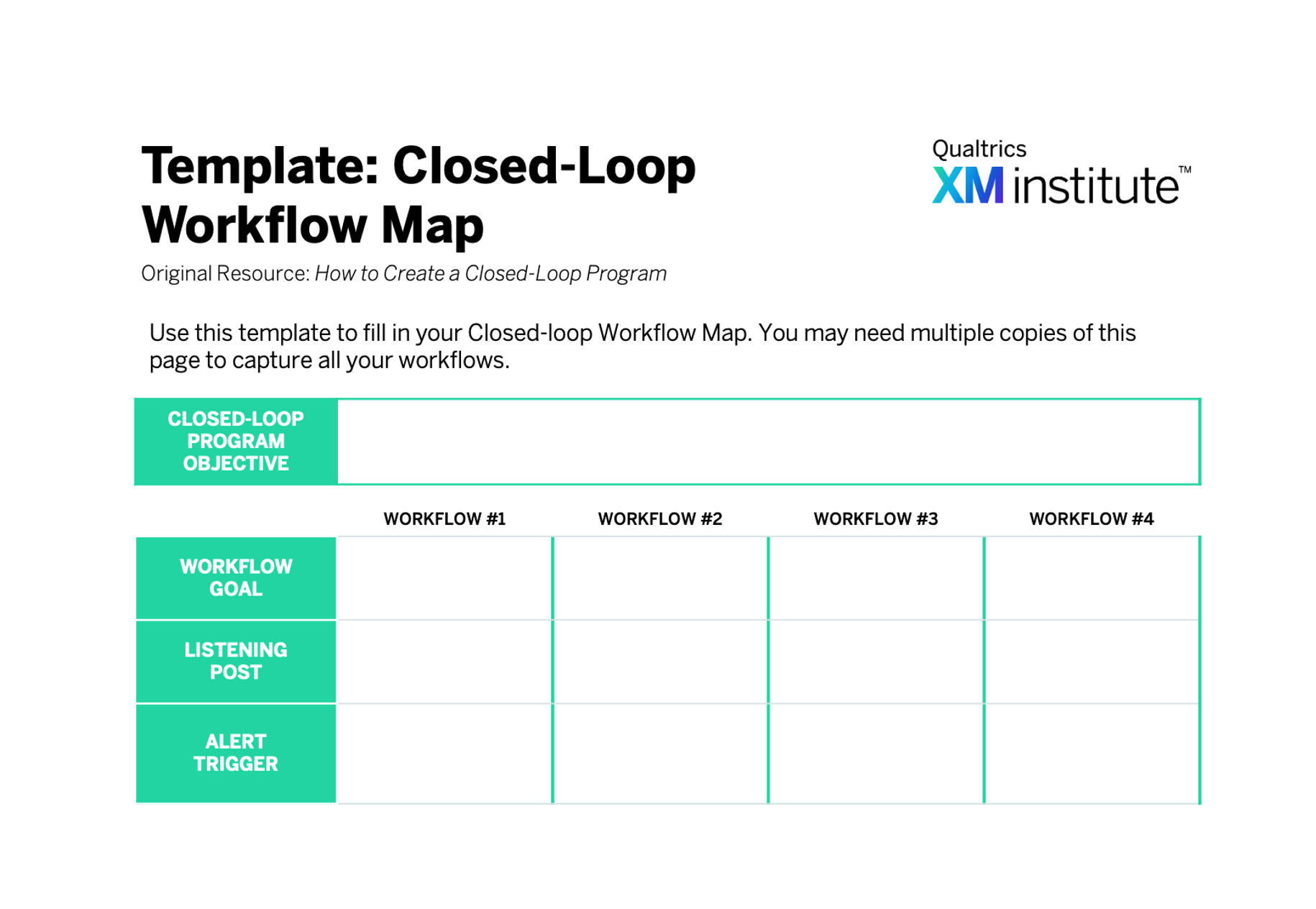If employee experience (EX) is a priority in your organization, then there’s a good chance that you have considered connecting EX targets to bonuses. While it makes sense to reward excellence in EX, just as organizations do for other operational and financial goals, we recommend using extreme caution if you go down this path. We have seen many examples where great intentions of reinforcing positive manager and leader behaviors have resulted in unintended consequences. And in some cases, caused harm. As you develop your EX metrics & compensation strategy, think through these potential issues:
- Gaming the system. Campbell’s law states: The more a quantitative indicator is used for decision-making, the more prone it is to distort and corrupt the process that it is intended to monitor. In other words, people will find ways to “game the system” to ensure they hit the target.
- Inaccurate data. Knowing that bonuses are tied to survey results can influence the way employees respond. They may withhold feedback, so as not to negatively impact their manager. Or they may be pressured to respond in a favorable way. This not only creates a poor employee experience (the opposite of what we want), it also masks real employee trends that the metrics are designed to uncover.
- Regulatory implications. Compensation, in general, may be subject to various policies or regulations that can vary country by country. Because of this and the potential related legal implications, any decisions on this topic should involve the appropriate experts.
- Unfair expectations. EX metrics can be impacted by many factors that are outside the manager or leader’s direct control. Setting targets that are not reflective of their actual performance is a deflating experience for everyone.
- Loss of agility. Driven by advances in people science, technology, and unprecedented workforce transformation, EX practices are adapting quickly. In just the past 12 months, there has been significant refinement in both the way we measure EX and also what metrics we prioritise. Tying bonuses to a very specific EX measurement can lock you into quickly outdated practices and priorities, reducing the capacity for adaptation in today’s dynamic workplaces.
Five Recommendations For Elevating Your EX Priorities
Even with all of the issues associated with tying EX metrics to compensation, if this is a strategic priority in your organization, there will be inevitable pressure to set targets and bonuses accordingly. So how can you manage this, while navigating the risks?
- Keep EX bonuses for executives only. Quantitative survey-based EX targets & bonuses are only relevant for senior leaders of an organization, where the number of employees is large enough that small changes in teams do not have a large impact on the results. Metrics such as employee engagement are a strong indicator of the organization’s performance, and only senior leaders are responsible for the full range of system-wide variables that drive these outcomes.
- Focus on improving, not reporting. When organizations review their EX data, it is critical that the discussions do not become a deep dive into the minutia of different elements of the data. Instead, leadership teams should focus on asking the two ultimate questions for XM metrics: 1) What have you learned? 2) What improvements are you making? This simple change in leadership behavior will have a dramatic effect on how the rest of the organization behaves, and shift the focus from reporting to improving.
- Increase the frequency of employee listening. Financial and operational indicators of organizational performance are reported at regular intervals throughout the year. However, many organizations still rely on EX metrics collected just once per year (or sometimes even less frequently). If EX is to be successfully elevated as a strategic priority, the cadence of data collection must meet that of other operational metrics. By increasing the frequency of employee listening, the pressure of hitting a number in an isolated survey is distributed, allowing the focus to be on improvement over time. This also provides managers and leaders with more timely and relevant insights that enable them to actually improve employee experiences.
- Reward managers for good EX behaviors. Manager incentives should be based on behaviors that lead to great EX outcomes, such as giving great feedback, collaborating to set goals, investing in people’s career plans, and others. You can still leverage EX survey feedback, as long as it is reflective of these behaviors. This data can also help identify managers who need support to strengthen their EX efforts. Managers should still be encouraged to set goals around EX metrics, without having this tied to a monetary outcome. In this way, EX becomes one input, amongst many, that are indicators of manager performance.
- Celebrate great EX behaviors. Compensation is not the only way (nor the best way) to inspire and recognize employees for doing the right things. Tap into humans’ intrinsic motivators (meaning, choice/control, values, and competence) by highlighting managers and leaders who are demonstrating the positive actions that you want others to adopt. EX metrics can be a great way to identify these best practice leaders. Some ways organizations have done this: showcase these employees in company meetings or internal newsletters, invite them to share their perspectives in EX sessions during manager onboarding or other training events, or celebrate them with personalized recognition like a letter of appreciation from the CEO.
The bottom line: Metrics are critical for aligning on strategic EX efforts, but don’t overly tie them to compensation.
Dr. Cecelia Herbert, XMP, PsyD, is a Principal XM Catalyst for Qualtrics XM Institute.
Bruce Temkin, XMP, CCXP, is the Head of Qualtrics XM Institute





